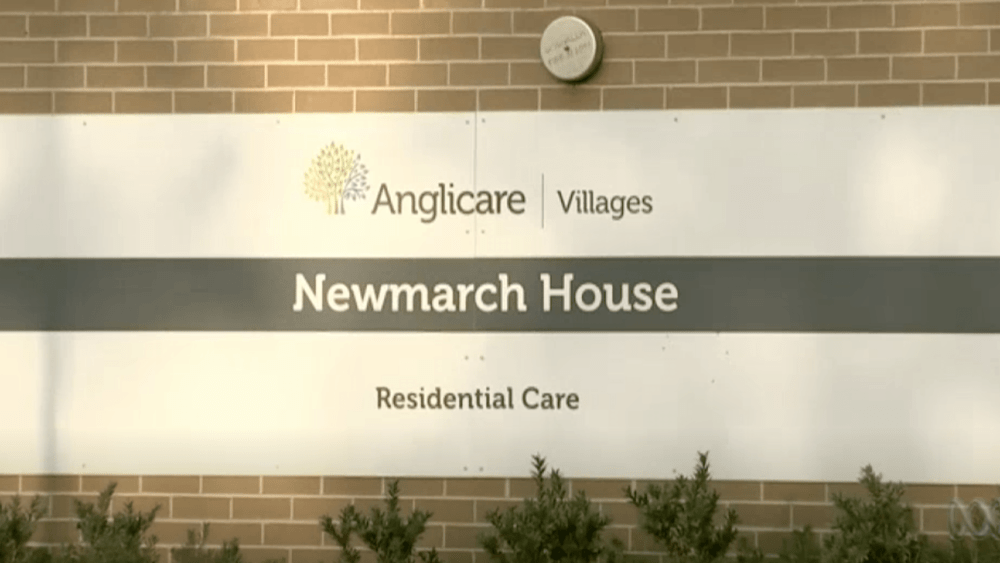If you are old, get sick with COVID-19 disease, and live at home, you will get sent to hospital upon diagnosis.
But if you are old, get sick with COVID-19 disease and live in an aged care centre, the centre will be expected to care for you there. No hospital for you.
“Why weren’t these people taken to a hospital? Big question.” – Grant Millard
That’s the Health Department policy that has operated in the background of the Newmarch House tragedy. Nineteen residents of Newmarch House, in Penrith, Western Sydney, have died and a further 71 cases form part of the outbreak.
Aged care insiders from outside Anglicare have been surprised that the organisation has been slow to make the point that government restrictions have affected their ability to combat the outbreak.
Grant Millard, CEO of Anglicare Sydney, was polite when he told the ABC: “Look, if I had the time again I would be insisting people who are COVID positive go to hospital.”
But, in fact, the policy was to treat the COVID patients using the Hospital in the Home (HITH) program. (Individuals could be withdrawn by their families, at least in theory, but the aged care provider was discouraged from sending the affected patients offsite to a hospital.)
According to AAP, on Monday, NSW Health defended its strategy in dealing with the crisis.
“For many of the residents, that was their actual place of residence … when you move people from their environment, they’re exposed to other risks such as falls risk, disorientation and then, as a consequence, get other health issues,” Chief Medical Officer Dr Kerry Chant told reporters.
Millard set out his thinking to the Sydney Morning Herald‘s Deborah Snow.
“The biggest issue that multiple people have commented on, was the question of why weren’t these people taken to a hospital?” said Millard. “Big question. Very early on it was very clear to us that the state health approach was to have a containment of the outbreak. I won’t say at all costs, but their priority was to achieve containment, and [their] solution to containment was to keep these people in the home.”
As Snow continued in the SMH, “that meant, [Millard] says, not “facilitating” the movement of residents out to the relevant hospital which was Nepean. Instead, the approach of NSW officials was to treat residents in place under the state’s ‘hospital-in-the-home’ program.”
It became apparent that a nursing home, full of soft furnishings and homely features does not easily convert into a hospital.
Millard has told SMH that PPE supplies proved difficult to get. They also struggled to staff Newmarch as more and more were infected.
Eternity understands that while families could withdraw their relatives and possibly transfer them to hospital Anglicare was not able to do so.
The Commonwealth and State governments got out their stories much earlier than Anglicare – with news that Anglicare might lose its license, insisting on the appointment of an independent expert, Andrew Kinkade from Catholic Healthcare.
One striking feature of the Covid crises in various aged care institutions in Australia has been the total lack of public criticism from those who have had small outbreak or none, to those who have had a major problem. Staff and expertise have been shared have been shared. We are all in this together.
Email This Story
Why not send this to a friend?




